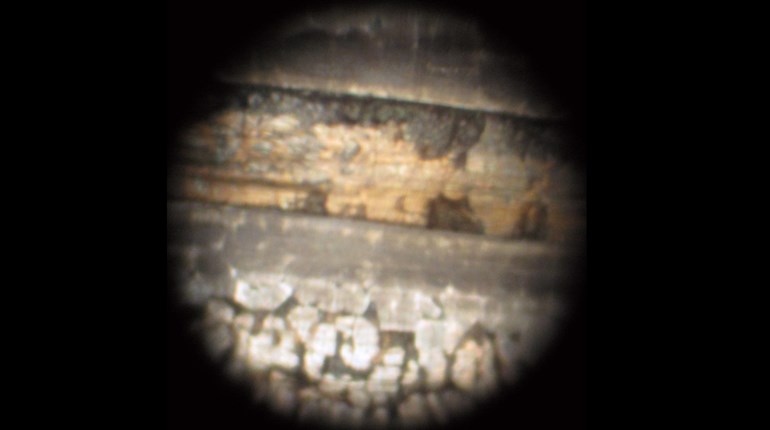
Use of feeler gauges and a range rod can help determine whether a new cylinder is compatible with your revolver.
I am hopelessly enamored with .45-caliber, single-action revolvers, especially those that accommodate the .45 ACP cartridge for everyday use, plinking and informal target shooting. My hands appreciate the reduced recoil of the .45 ACP as opposed to the heavier loads I use in the .45 Colt cartridge for hunting as well.
Recently, I had the fortune to find two early-vintage Ruger New Model single-action revolvers chambered in .45-caliber at my local gun shop. They were in nearly new condition. Their serial numbers were fairly close to one another, which made them impossible to resist. One had a 7.5-inch barrel and the other had a 4.63-inch barrel, making an ideal pair for the period as they were the only options available at their time of manufacture. The 7.5-inch-barreled gun had two cylinders: one in .45 Colt and the other in .45 ACP, while the other revolver just had the .45 Colt cylinder.
Since the guns were manufactured in a similar time period, I wonder if I could safely use the .45 ACP cylinder in the shorter-barreled-gun as in all reality, that would be the one I would carry more often and shoot the most. Is there a way that I could check to see if the cylinder would work properly in the shorter-barreled revolver before I attempt to shoot it? I am no expert, so I am asking for a little professional guidance in this matter.
Tony D., Glendale, AZ
Generally speaking, Ruger has always had a good track record in maintaining manufacturing tolerances in its products, especially the company’s single-action revolvers. Although I suspect Ruger would discourage swapping parts from one gun to another, with the proper checks and measurements there really should not be a problem if the part to be interchanged met the necessary criteria.
Installing a 45 ACP Conversion Cylinder
The first thing to try would be to remove the original cylinder from the 4.63-inch-barreled revolver and try installing the .45 ACP cylinder from the 7.5-inch-barreled model. It should fit in the frame window and rotate on the base pin with little resistance.
Once the base pin is fully seated and the gun has been verified free of ammunition, close the loading gate. By fully cocking the hammer very slowly on each chamber, the timing of the cylinder rotation can be checked. Cocking the hammer first disengages the cylinder latch, allowing the pawl to rotate the cylinder to align the next chamber with the barrel. As the chamber approaches alignment with the barrel, the cylinder latch is released to engage the notch in the cylinder that holds the cylinder in position, and therefore the chamber in alignment with the barrel. To ensure proper barrel/cylinder alignment each time the hammer is cocked, insert a .45-caliber range rod down the muzzle, through the barrel and into the cylinder to verify no resistance is met through the entire length of travel. Once this is done on all chambers successfully, the timing of the cylinder can be considered satisfactory.
Headspace comes next by measuring the space between a dummy round in each cylinder and the recoil shield where the firing pin protrudes. Headspace on Ruger revolvers measured with a feeler gauge should measure between .006 and .012 inch. This allows the cylinder to turn freely, without the cartridge cases dragging, and yet falls within the range of the firing-pin strike to allow sufficient indenting of the primer to fire the cartridge.
Barrel/cylinder gap is the measured distance between the forcing cone of the barrel and the front (face) of the cylinder. Ruger revolvers should measure between .004 and .008 inch with a feeler gauge for optimum performance.
There is one other consideration that may affect both headspace and barrel/cylinder gap. End shake is the forward and backward movement of the cylinder when mounted in the frame. It should not exceed .003 to .004 inch, which in Ruger revolvers is rarely, if ever, seen.
If the .45 ACP cylinder fits in both guns and can meet the dimensional and alignment prerequisites, I would have no reservation in using the cylinder in either frame. However, if the .45 ACP cylinder fails to meet any single requirement (or, obviously, more) set forth, an option would be to have a cylinder custom made by a qualified gunsmith, which will enable you to enjoy both of your revolvers with your preferred ammunition at the same time. This way, you get to have the best of both worlds.



































